Unearthing the Secrets of “Hereditary”
Jun 29, 2018 • Macky Macarayan

Jun 29, 2018 • Macky Macarayan
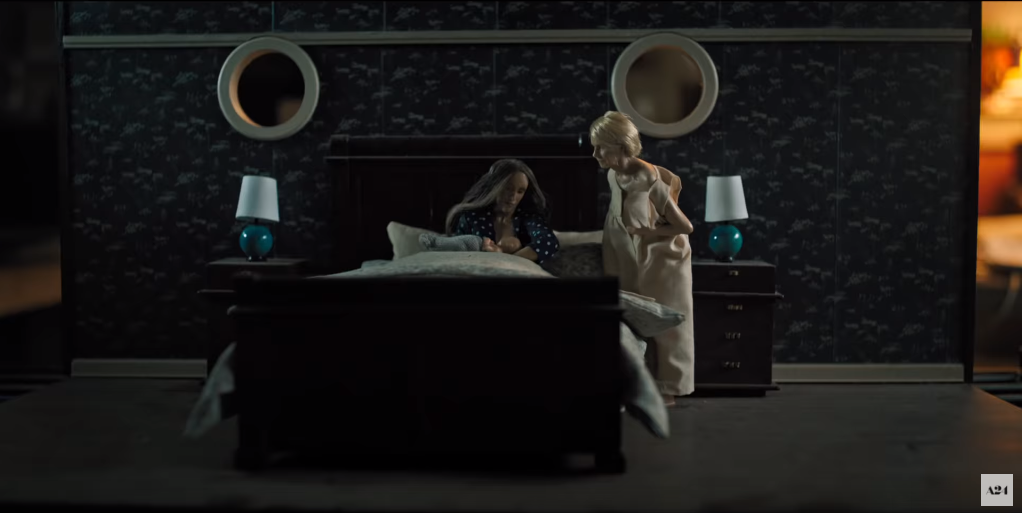
One might argue that Ellen, who is a member of a devil-worshiping cult, has her screws loose. She loved her cult more than her own children that her daughter Annie grew up with a certain detachment, or perhaps resentment. After her death, Ellen left behind not only boxes of secrets, but also a large, looming shadow over her bereaved family. Annie’s youngest, Charlie (Milly Shapiro), seems to be the most affected, or is she? Annie on the other hand becomes fixated on her miniature art, which details her family’s history.

The film features terrible mothers, or mother figures, starting with Ellen. At the start of the film, Ellen is already dead, but the aftermath of her motherhood, or the lack of it, screams until the final frame. Annie, in turn makes some terrible life choices about how to deal with her children. Then, the seemingly good-natured neighbor, Joan (Ann Dowd), turns out to be anything but.
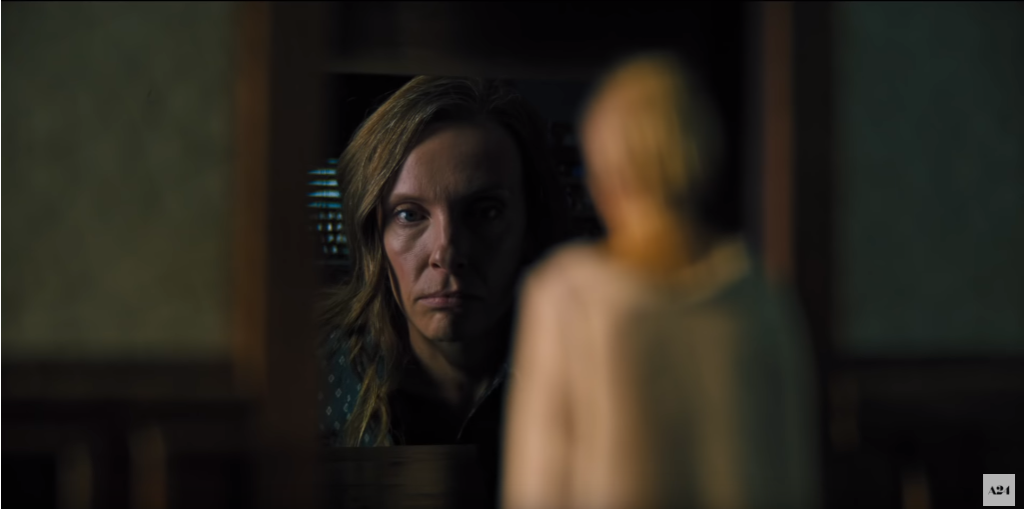
Indeed, it does. One can view the film through the context of grief, which finds Annie at her most vulnerable. She attends support groups and finds solace in strangers, because her own home isn’t exactly a welcoming one. She also manifests her unresolved issues with her mother through her art, although it can be argued that the presence of the miniature figures made things worse (at least for us who are watching the film). Annie’s fixation on contacting her dead daughter in the latter part of the film has to be the icing on the cake, a full-on camp sequence that defines the film’s overall absurdity.
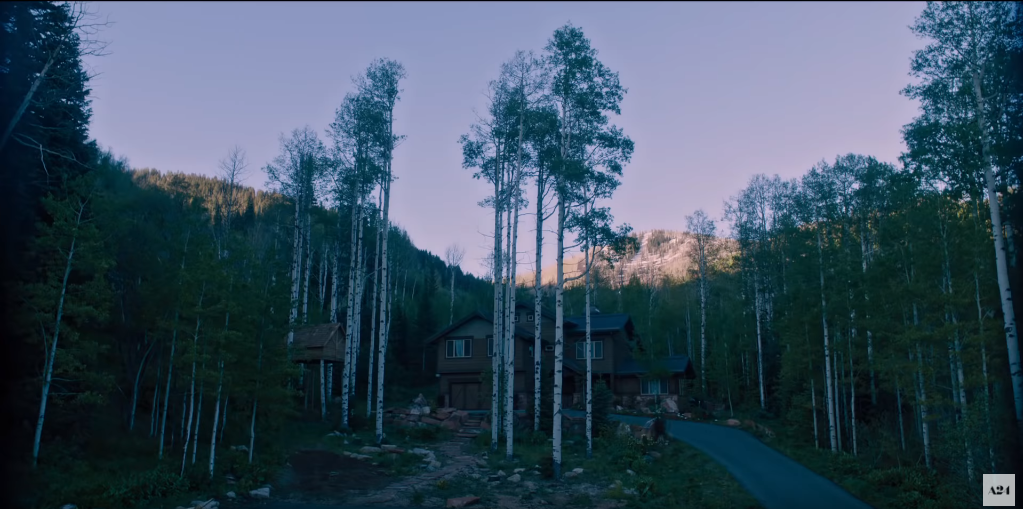
Could the hauntings be prevented had Annie’s family moved out of the house after Ellen’s death? The interiors of the Graham House are always bathed in dark, somber tones, constantly reminding us of death. There’s even an attic! Horror aficionados know that spooky stuff always lurk in attics and cellars.

Taking a cue from the film’s title, the burden of past sins is carried from generation to generation, so from Ellen, to Annie and to the latter’s children, Peter (Alex Wolff) and Charlie. Charlie (and later, Peter) may have been possessed by the demon Paimon, but Ellen was the mastermind. Which begs the question, what possessed Ellen to worship Paimon? Who is the culprit behind the culprit?
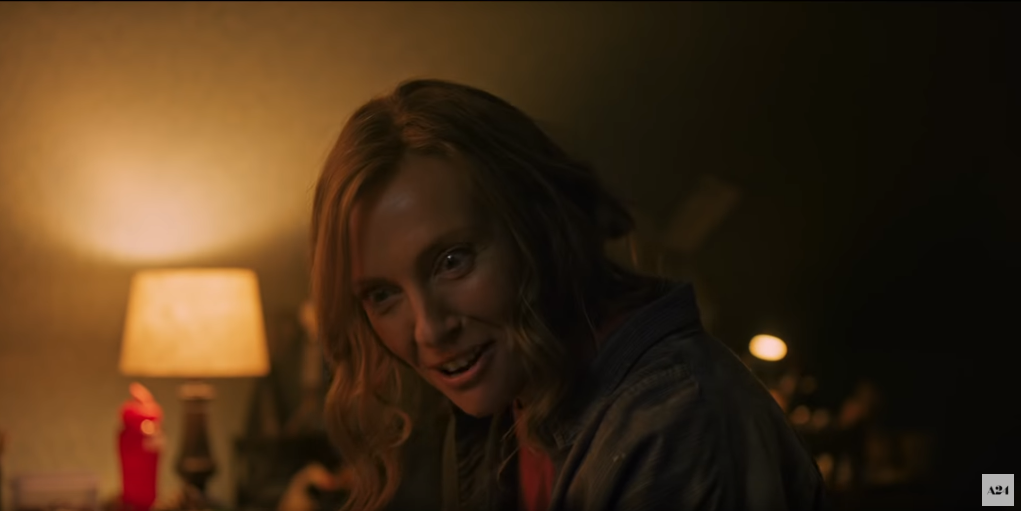
Annie could have been very well a victim of the demonic possessions, but if we are to take a closer look at the subtle hints, she may know more about her family’s heirloom of evil than what we think. In one scene, Annie confesses to Peter that she didn’t want to be his mother; that she attempted to have a miscarriage. From that revelation, Annie may in fact have known that her mother’s idea of recreational activity is devil worship. But why does Annie act surprised when she opens her mother’s boxes? Let’s also not forget that Annie has a brother who passed away, and her father died through forced starvation. Has Annie known all along that her mother has probably been behind all of these?
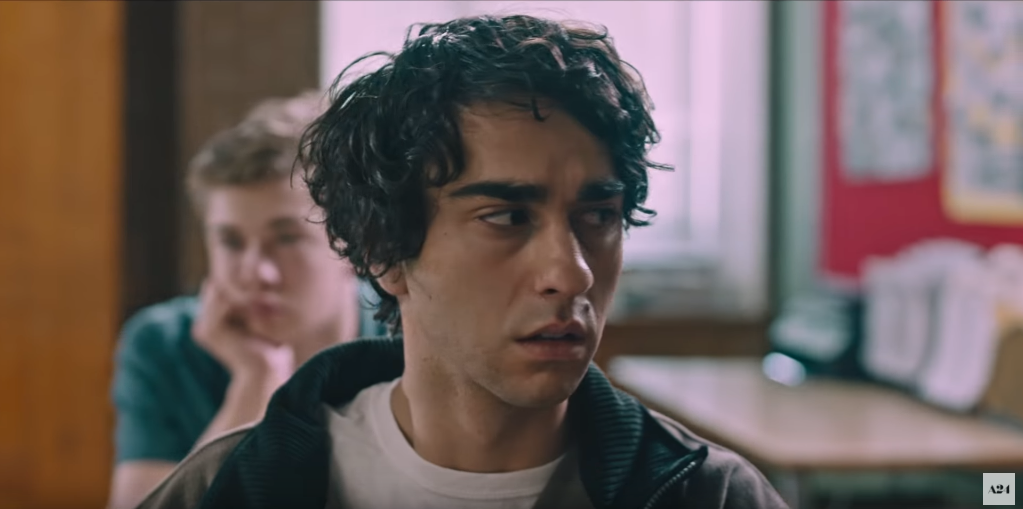
Yeah, we know that Paimon is behind everything. Is he also the one who lured Ellen and the other worshippers to summon him? What about the seeming indifference of Annie’s husband, Steve (Gabriel Byrne)? Or why are the two known leaders of the demon worshippers, Ellen and Joan, female? Which brings us to…
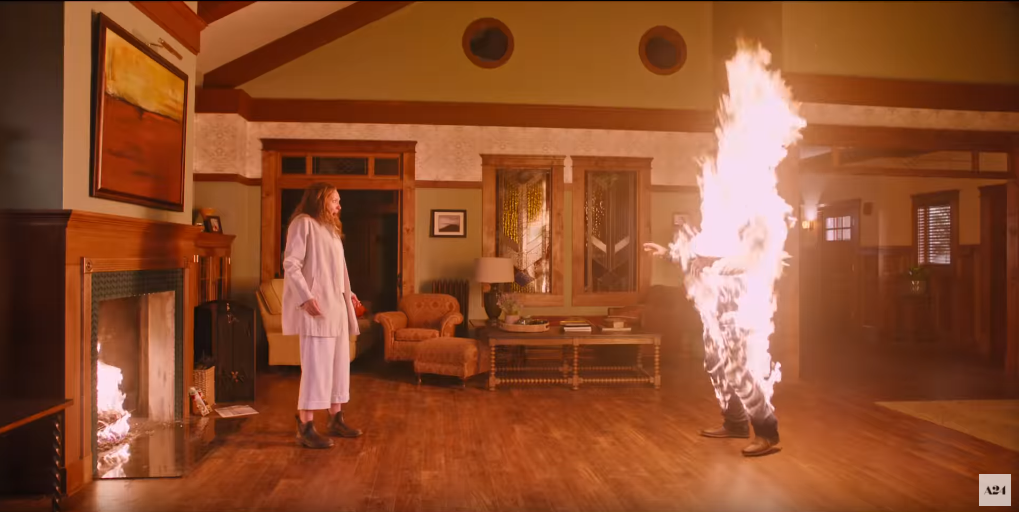
There have been a lot of explanations online regarding the film’s meaning, including this one which even quotes the filmmaker. However, we’d like to think about the symbolisms presented, such as why the women are decapitated, or why Steve died in a fire. If we are to examine the power relations of men and women in the film, it seems that the women are in control, manipulating the men to their will. But who does Ellen and Joan ultimately serve? The film emphasizes the fact that since Paimon is a male demon, his host needs to be male. In the end, all the members of the cult worship Paimon, now lodged in Peter’s body. But what about the decapitation of women? Could it be a criticism on patriarchy, that women blindly follow the will of men, hence the severing of the head (since the brain is inside the head)? And when women blindly follow patriarchy, or allow themselves to be chained by patriarchy, evil ensues. And what is the role of men in this paradigm? We could take the film on its surface, that it is about a grandmother who schemed her way to resurrect a demon, but let us also ask why she needed to do that. Why was it necessary? What is the filmmaker telling us beneath all the images?
What did you think of the movie? Tell us below!
Input your search keywords and press Enter.
